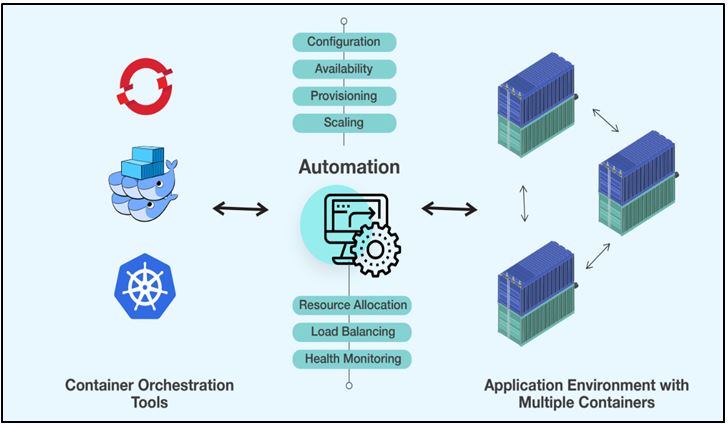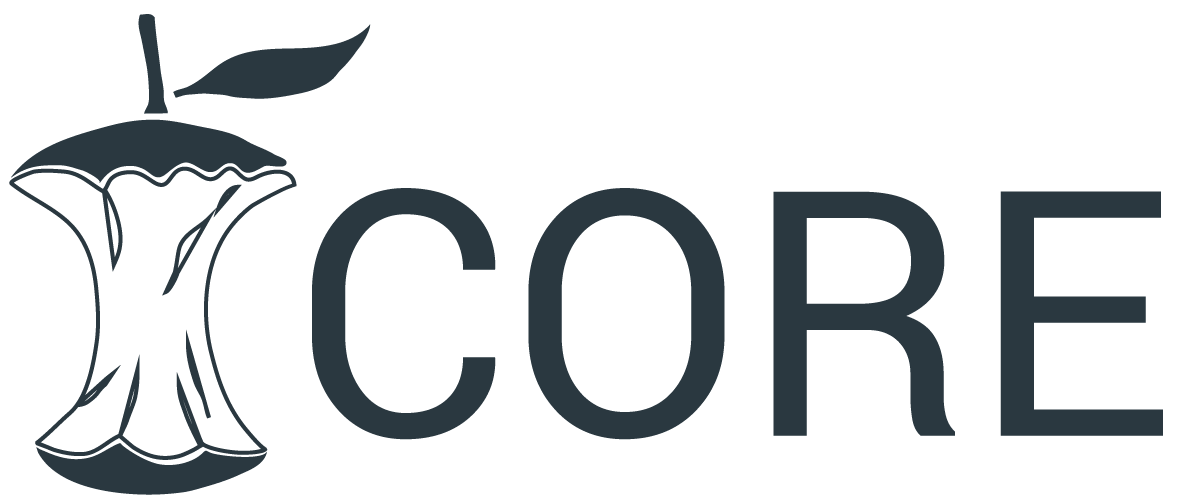Balancing Innovation and Compliance in Financial SaaS Platforms: Harnessing Technology and Tools Convergence at PayPal
DOI:
https://doi.org/10.5281/zenodo.14909041Keywords:
financial SaaS, paypal, RegTech, compliance management, technological innovation, ai-driven fraud detection, blockchain security, regulatory frameworks, transaction security, data analytics in finance, automation in compliance, risk management, connected payment platforms, cybersecurity in fintech, digital payments, consumer trustAbstract
This research explores the strategic integration of RegTech in Financial SaaS platforms with a specific focus on PayPal and analyzes the company balance criteria with the technological processes. Thus, this research employs a secondary data, inductive approach, adopting interpretivism philosophy6 to enhance the research criteria. Thus, this research uses thematic analysis to evaluate PayPal’s adoption of AI-driven fraud detection, blockchain security and data analytics to develop transaction security and user experience while ensuring regulatory adherence. Findings indicate that PayPal has crucial development automation in compliance and reducing regulatory risks while improving efficiency and consumer trust. The company has experienced 2a 0.58% increase in daily transactions with 95% adoption of AI-driven detection by 2023. Moreover, this research analysis highlights that while technological advancements develop efficiency, regulatory complexities across jurisdictions pose ongoing challenges. Therefore, this research underscores the necessity of continuous innovation in compliance management and emphasizes RegTech solutions for sustainable growth.
Downloads
References
Abudulai, S., Ang, X., Goldberg, E., & Kearney, T. (2020). Cross-border crosswalk: An overview of Canadian and US banking and...: Ingenta Connect. Available at: https://www.ingentaconnect.com/content/hsp/jfc/2020/00000004/00000002/art00003.
Astuti, E., Harsono, I., Uhai, S., Mutmainah, H.N., & Vandika, A.Y. (2024). Application of artificial intelligence technology in customer service in the hospitality industry in Indonesia: A literature review on improving efficiency and user experience. Sciences du Nord Nature Science and Technology, 1(01), 28–36. https://doi.org/10.58812/kder5e10
Babel, A., Taneja, R., Mondello Malvestiti, F., Monaco, A., & Donde, S. (2021). Artificial intelligence solutions to increase medication adherence in patients with non-communicable diseases. Frontiers in Digital Health, 3. https://doi.org/10.3389/fdgth.2021.669869
Berger, M.L., Mamdani, M., Atkins, D., & Johnson, M.L. (2009). Good research practices for comparative effectiveness research: defining, reporting and interpreting nonrandomized studies of treatment effects using secondary data sources: The ISPOR good research practices for retrospective database analysis task force report—Part I. Value in Health, 12(8), 1044–1052. https://doi.org/10.1111/j.1524-4733.2009.00600.x
Buyya, R., Ranjan, R., & Calheiros, R.N. (2010). InterCloud: Utility-oriented federation of cloud computing environments for scaling of application services. Algorithms and Architectures for Parallel Processing, 13–31. https://doi.org/10.1007/978-3-642-13119-6_2
Cai, X., Milojevic, M., Syromyatnikov, D., Kurilova, A., & Ślusarczyk, B. (2021). Mathematical interpretation of global competition between payment systems. Mathematics, 9(17), 2070. https://doi.org/10.3390/math9172070.
Chai, W. (2022). What Is SaaS (Software as a Service)? Everything you need to know. Available at: https://www.techtarget.com/searchcloudcomputing/definition/Software-as-a-Service.
Chukwurah, E.G. (2024). Leading SaaS innovation within U.S. regulatory boundaries: The role of TPMS in navigating compliance. Engineering Science & Technology Journal, 5(4), 1372–1385. https://doi.org/10.51594/estj.v5i4.1039
Dewi Kusuma Wardani, & Fernanda, L. (2024). Conversational AI and chatbot systems for enhancing automated billing, payments, and customer support in SaaS platforms. Northern Reviews on Algorithmic Research, Theoretical Computation, and Complexity, 9(8), 1–10. Available at: https://northernreviews.com/index.php/NRATCC/article/view/2024-08-04.
Farayola, O.A. (2024). Revolutionizing banking security: Integrating artificial intelligence, blockchain, and business intelligence for enhanced cybersecurity. Finance & Accounting Research Journal, 6(4), 501–514. https://doi.org/10.51594/farj.v6i4.990
Gai, P., Kemp, M., Sánchez Serrano, A., & Schnabel, I. (2019). Regulatory complexity and the quest for robust regulation. SSRN Electronic Journal. https://doi.org/10.2139/ssrn.3723328
Galla, E.P., Rajaram, S.K., Patra, G.K., Madhavaram, C., & Rao, J. (2024). AI-driven threat detection: Leveraging big data for advanced cybersecurity compliance. SSRN Electronic Journal. https://doi.org/10.2139/ssrn.4980649
George, A.S., & Sagayarajan, S. (2023). Securing cloud application infrastructure: Understanding the penetration testing challenges of IaaS, PaaS, and SaaS environments. Partners Universal International Research Journal, 2(1), 24–34. https://doi.org/10.5281/zenodo.7723187
Jämsä, E. (2020). In-app purchases, internet gaming disorder and impulsivity: A look at the player base of Mystic Messenger. trepo.tuni.fi. Available at: https://trepo.tuni.fi/handle/10024/120441
Jeong, Y. (2023). Enhancing policy and regulatory approaches to strengthen digital, platform, and data economies. Available at: https://www.adb.org/sites/default/files/publication/935711/sdwp-091-digital-platform-data-economies.pdf.
Joshi, H. (2024). Emerging technologies driving zero trust maturity across industries. IEEE Open Journal of the Computer Society, 1–12. https://doi.org/10.1109/ojcs.2024.3505056
Kamran, Z. (2023). Creating a scalable SaaS platform: Architectural strategies, scalability, and technology stack essentials.
Kawamura, L. (2022). How can Financial Service Providers improve the KYC onboarding experience?: Challenges and technological solutions. Available at: https://www.theseus.fi/handle/10024/752180.
Kell, D.B., & Oliver, S.G. (2003). Here is the evidence, now, what is the hypothesis? The complementary roles of inductive and hypothesis-driven science in the post-genomic era. BioEssays, 26(1), 99–105. https://doi.org/10.1002/bies.10385
Kerbizi, X. (2021). Realization of a SaaS web application for the engineering and automation of management control phases of a company. Available at: https://webthesis.biblio.polito.it/18135/.
Perevoshchikova, E. (2020). Open banking and competition in the payment markets: Access regulations as a remedial blueprint. Available at: https://eprints.soton.ac.uk/456858/1/PhD_thesis_EPerevoshchikova_with_amendments.pdf.
Porter, M., Kramer, M., & Lobb, A. (2021). PayPal: The Next Chapter. Available at: https://sharedvalue.org.au/wp-content/uploads/2023/07/HBR-Case-Study-PayPal-The-Next-Chapter.pdf.
Rashid, Md.H.U., Nurunnabi, M., Rahman, M., & Masud, Md.A.K. (2020). Exploring the relationship between customer loyalty and financial performance of banks: Customer open innovation perspective. Journal of Open Innovation: Technology, Market, and Complexity, 6(4), 108. https://doi.org/10.3390/joitmc6040108
Rauniyar, K., Wu, X., Gupta, S., Modgil, S., & Lopes de Sousa Jabbour, A.B. (2022). Risk management of supply chains in the digital transformation era: contribution and challenges of blockchain technology. Industrial Management & Data Systems, 123(1). https://doi.org/10.1108/imds-04-2021-0235
S, D.U.M., Chaudhary, D.G., Manna, F., Khalane, M.V.P., & Muthukumar, D.E. (2024). Cybersecurity challenges in fintech: Assessing threats and mitigation strategies for financial institutions. Educational Administration: Theory and Practice, 30(5), 1063–1071. https://doi.org/10.53555/kuey.v30i5.3010
Shevgan, M. (2024). AI created SaaS market report, trends, share & insights. Available at: https://www.coherentmarketinsights.com/industry-reports/ai-created-saas-market.
Skrabka, J. (2023). Modernizing payment services and enhancing open banking: a comparison of recent EU proposals of payment services directive 3 (PSD3) and payment services regulation (PSR) with current PSD2. Available at: https://www.ceeol.com/search/chapter-detail?id=1242698.
Van Der Walt, J. (2020). Interpretivism-constructivism as a research method in the humanities and social sciences -more to it than meets the eye. International Journal of Philosophy, 8(1), 2333–5769. Available at: http://ijptnet.com/journals/ijpt/Vol_8_No_1_June_2020/5.pdf.
Wakeham, C., & Ferrell, S.R. (2021). Redirect Notice. Available at: https://www.google.com/url?sa=i&url=https%3A%2F%2Fispe.org%2Fpharmaceutical-engineering%2Fnovember-december-2021%2Fsoftware-service-journey-becoming-life-sciences&psig=AOvVaw0R7YM6aYn-Ft0OutdSBeOB&ust=1739357881982000&source=images&cd=vfe&opi=89978449&ved=0CBcQjhxqFwoTCIjvoJm7u4sDFQAAAAAdAAAAABAE.

Published
How to Cite
Issue
Section
ARK
License
Copyright (c) 2025 Gangadhararamachary Ramadugu

This work is licensed under a Creative Commons Attribution 4.0 International License.
Research Articles in 'Applied Science and Engineering Journal for Advanced Research' are Open Access articles published under the Creative Commons CC BY License Creative Commons Attribution 4.0 International License http://creativecommons.org/licenses/by/4.0/. This license allows you to share – copy and redistribute the material in any medium or format. Adapt – remix, transform, and build upon the material for any purpose, even commercially.










